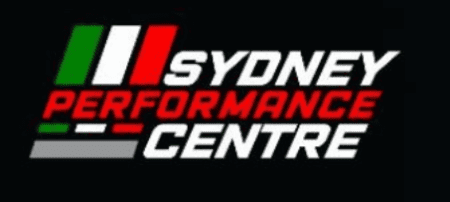M&A is a complex procedure that involves multiple stakeholders, regardless of the size or industry of the company. This requires efficient project management and collaboration. That’s why it’s important to choose a software that was specifically designed for M&A and also includes features such as project tracking, a centralized repository, and document storage with security settings and control of versions. Many companies also use collaboration tools to aid in M&A processes. It is essential to review these tools to assess their ease of use and to ensure they work with other tools your team utilizes.
The M&A phase begins with a thorough investigation. This includes internal discussions on the reasons why the company may consider the possibility of a merger or acquisition, market research to determine potential options, the development of a list with potential companies, and the initial meeting with management teams. These activities are usually supported by databases that permit users to search using name or location, company revenue and other criteria.
Once a deal has been established, it’s the time to conduct due diligence on the intended target. This requires a thorough overview of the targets’ financial health, market position, customer base, and potential growth. Advanced analytics tools can provide more precise data and predictive models to aid in a more thorough due diligence process.
The tools that Company X used initially were efficient, but eventually they caused delays in the mergers and acquisitions M&A process and also increased security risks that increased legal, operational and IT costs. Ultimately, the company recognized that it made a strategic mistake by moving away from Devensoft and decided to return to the platform.
